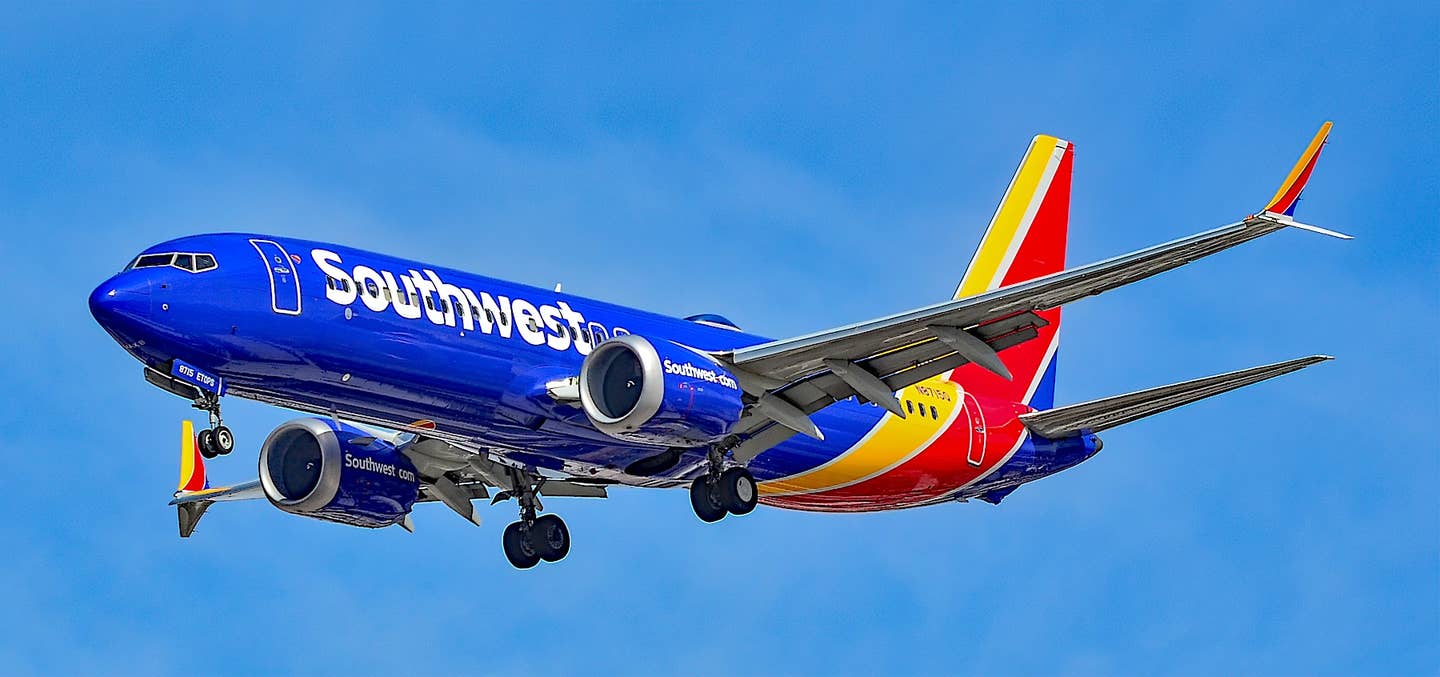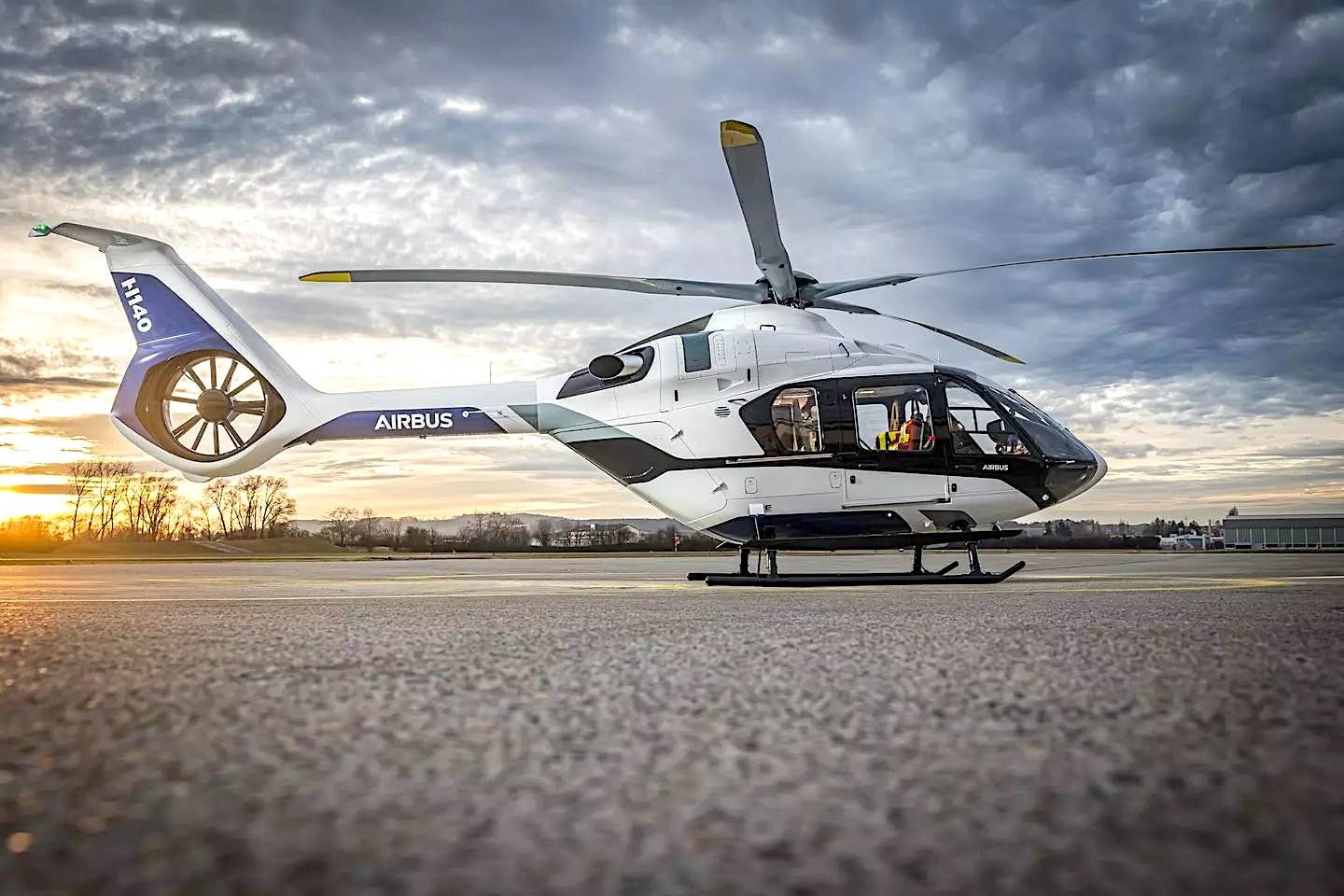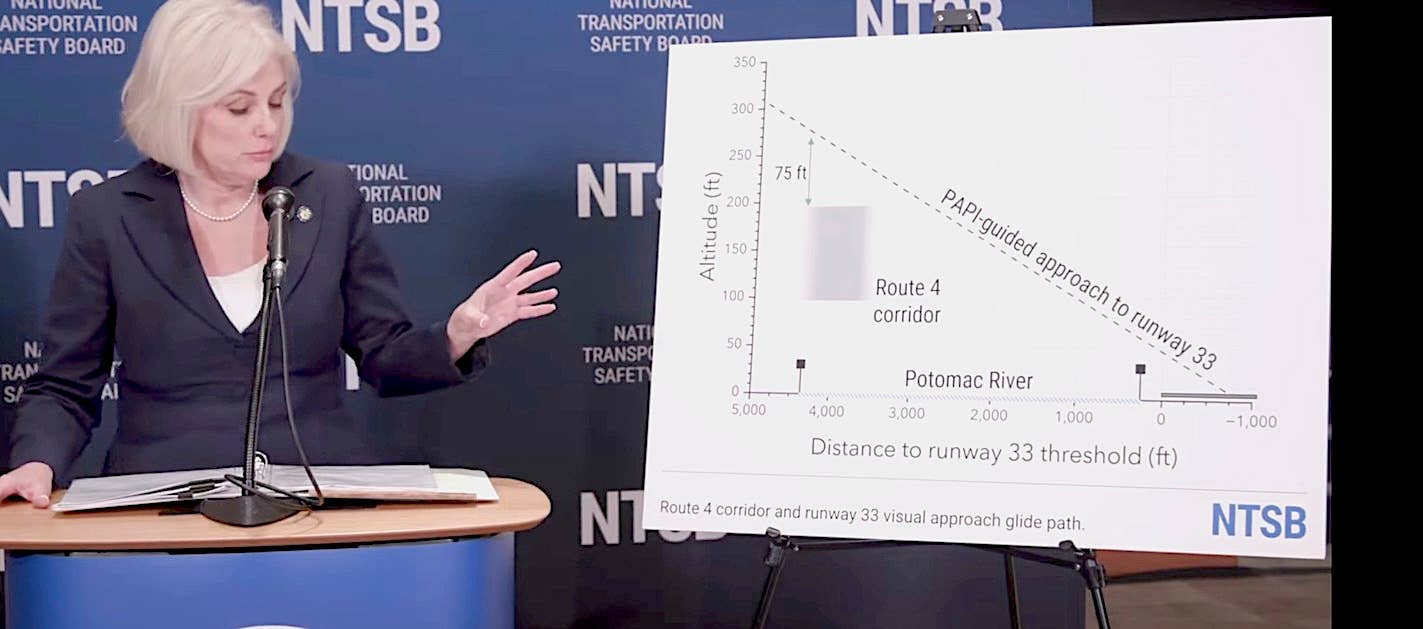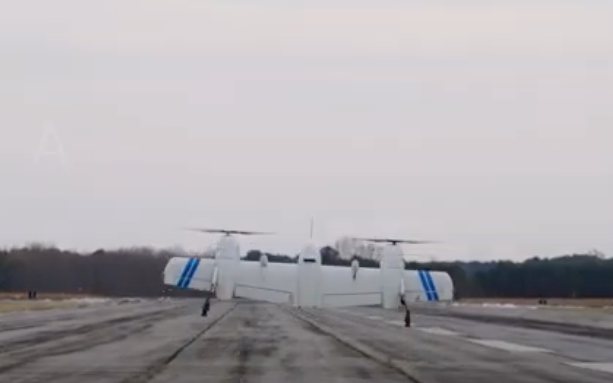Update: Rescue Completed For Downed Twin Otter In Northern Canada
As of 11 a.m. Mountain Time (1 p.m. EST) today, rescue helicopters were expected to be en route to help extract occupants of a de Havilland Twin Otter twin turboprop…
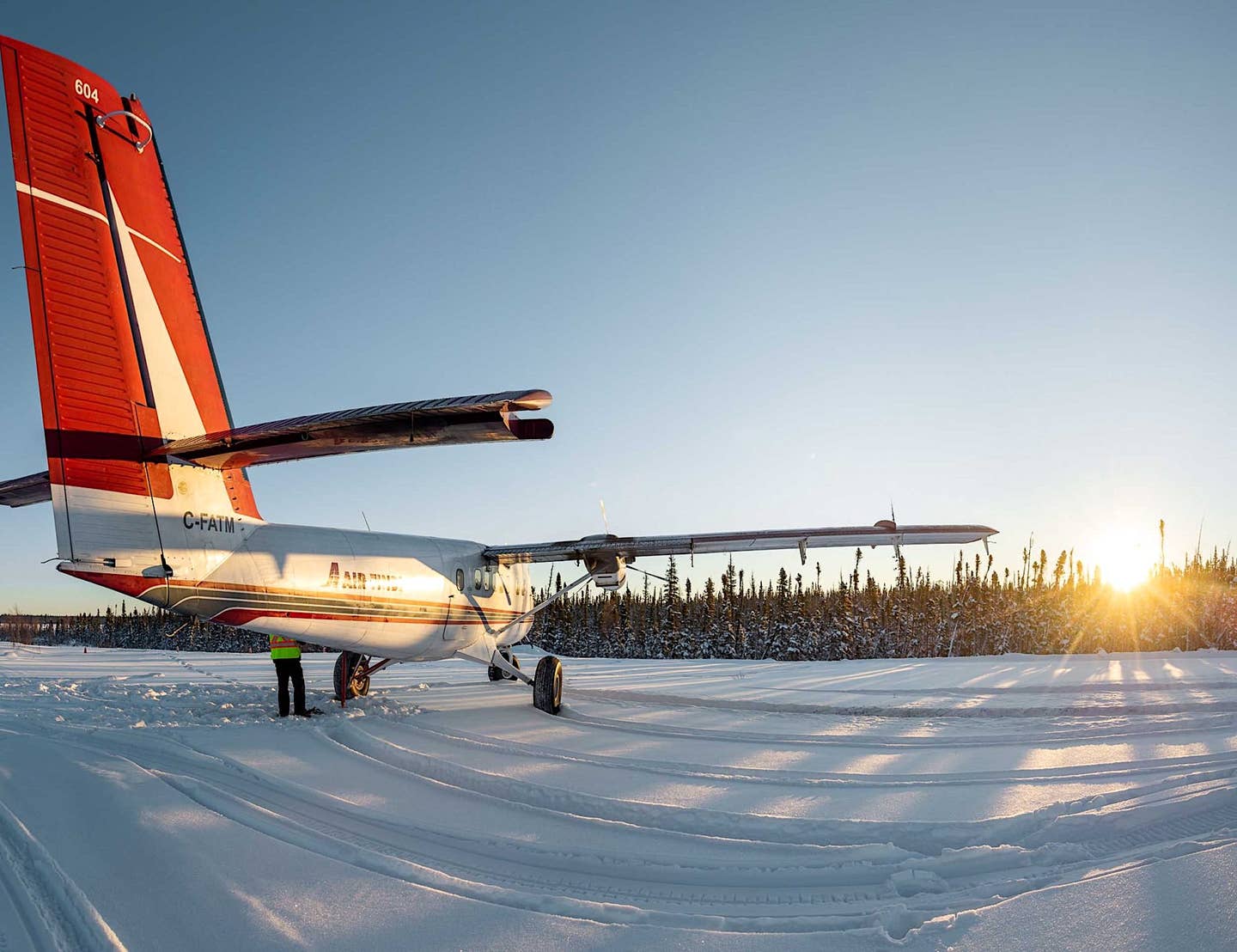
One of Air Tindi’s de Havilland Twin Otters.
As of 11 a.m. Mountain Time (1 p.m. EST) today, rescue helicopters were expected to be en route to help extract occupants of a de Havilland Twin Otter twin turboprop on a private charter flight, operated by Air Tindi of Yellowknife, Northwest Territories, Canada. The aircraft went down for unknown reasons on a frozen lake near its intended destination some 300 kilometers (162 nautical miles) northeast of Yellowknife, around noon yesterday (Dec. 27). All 10 on board, eight passengers and two crew members, survived, some with minor to “moderate to serious” injuries, later said to be possible broken bones.
Three rescue technicians parachuted from a Royal Canadian Air Force (RCAF) CC-130H Hercules to assist the occupants. The big four-engine turboprop circled for about an hour until weather abated enough for the three to jump around 7 p.m. MT last night. They brought shelter and medical supplies to treat the victims.
The cause of the downing remains unclear. Air Tindi President Chris Reynolds told reporters this morning that extreme winds and weather had hampered rescue efforts overnight. At 7:30 a.m. MT, he told Canadian news outlet Cabin Radio, “The best update I can give you is that the winds have come down significantly. They’re still strong, but the visibility has increased—much better than yesterday. At first light [approximately 10:15 a.m. MT], we’re launching helicopters from Yellowknife up there, and then coordinating with [Department of National Defence] getting everybody back here.”
Assistance also came from the Rio Tinto Corporation-owned diamond mine in nearby Diavik. A Rio Tinto spokesperson said the mine’s emergency response team reached the crash site on snowmobiles about 9 p.m. “They brought survival and medical equipment, provided assistance to the affected individuals and supported the Department of Defence’s search and rescue specialists,” the spokesperson told Cabin Radio in an email. The mine will also make its airstrip available for rescue helicopters and fixed-wing aircraft. As of early Thursday, the plan was to fly three Eurocopter AStar helicopters, operated by Yellowknife-based Great Slave and Acasta HeliFlight, to pick up the Air Tindi passengers and crew at the site of the crash along with the three rescue technicians and transport them to the mine’s airstrip where they would board fixed-wing aircraft to fly them back to Yellowknife.
Air Tindi President Reynolds had high praise for all rescuers involved, but special praise for the three who parachuted from the C-130. He said, “In the middle of the night, in the subarctic, with 70-kilometer-per-hour winds and very poor visibility, those search-and-rescue technicians are something else.”
Update: At approximately 1:45 local time (3:43 EST) a spokesman for the 1 Canadian Air Division and Canadian Norad Region Headquarters reported that everyone has been extracted from the incident site and are safe at the Diavik diamond mine location.

